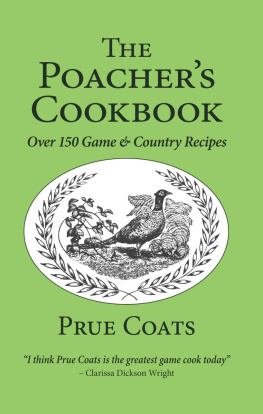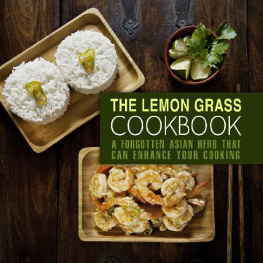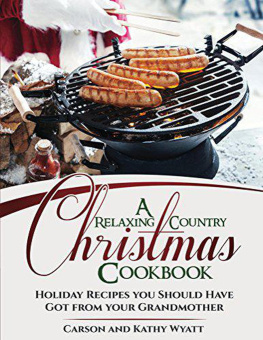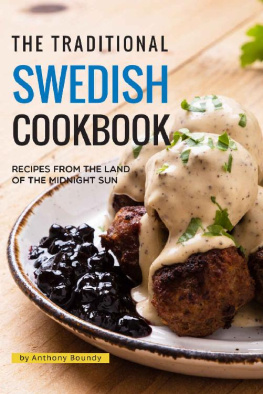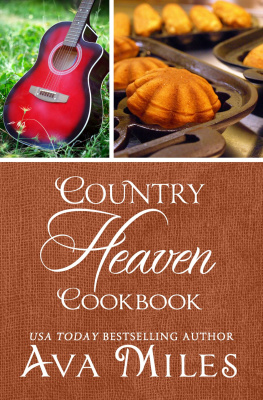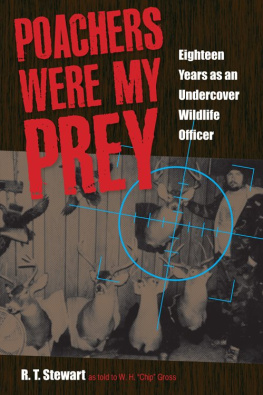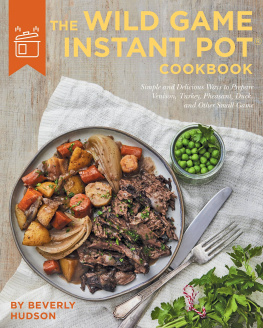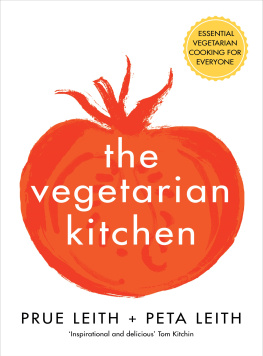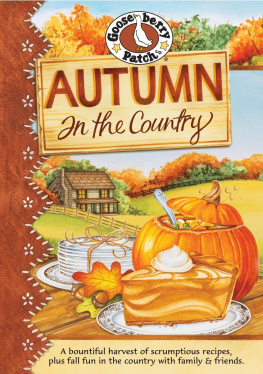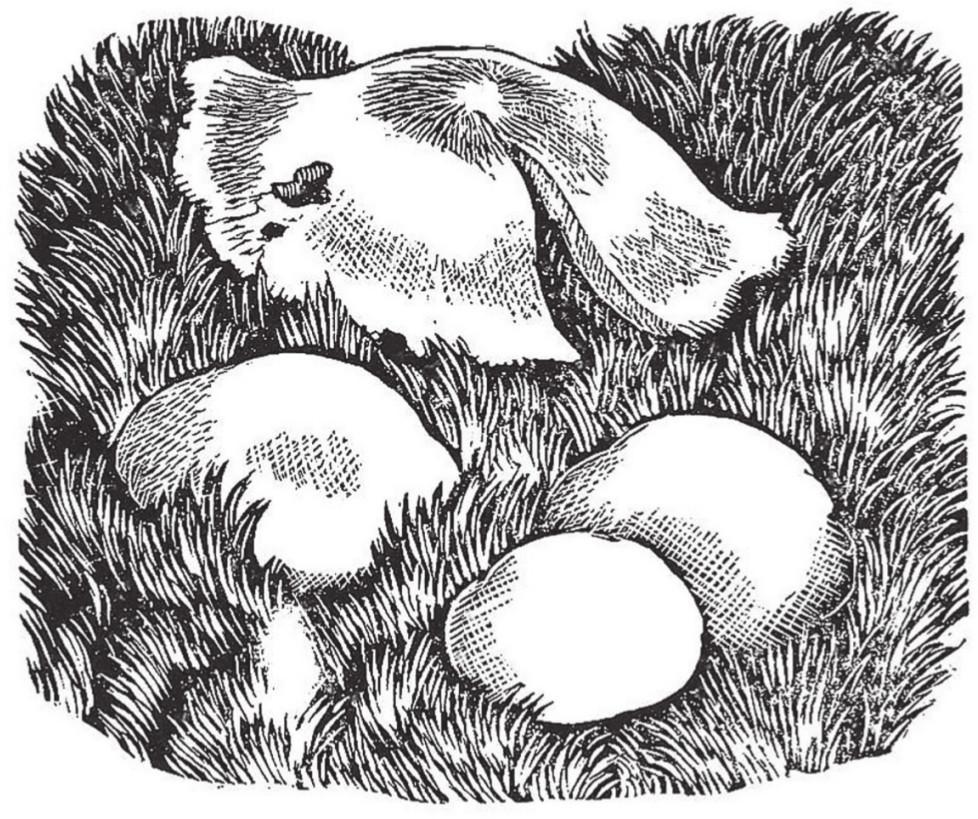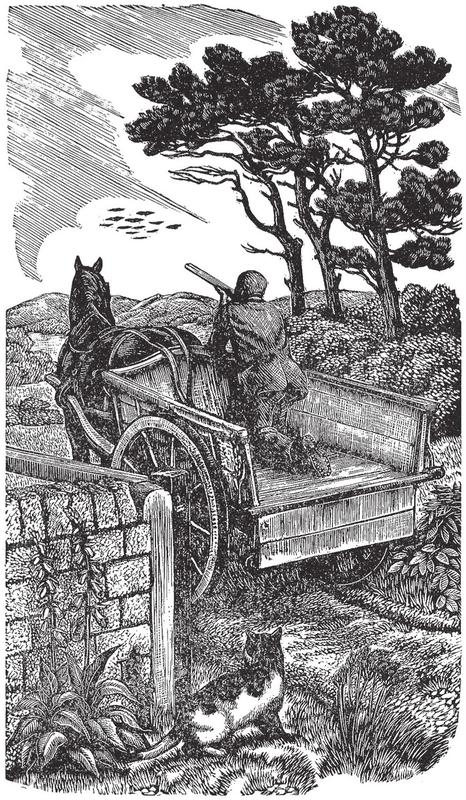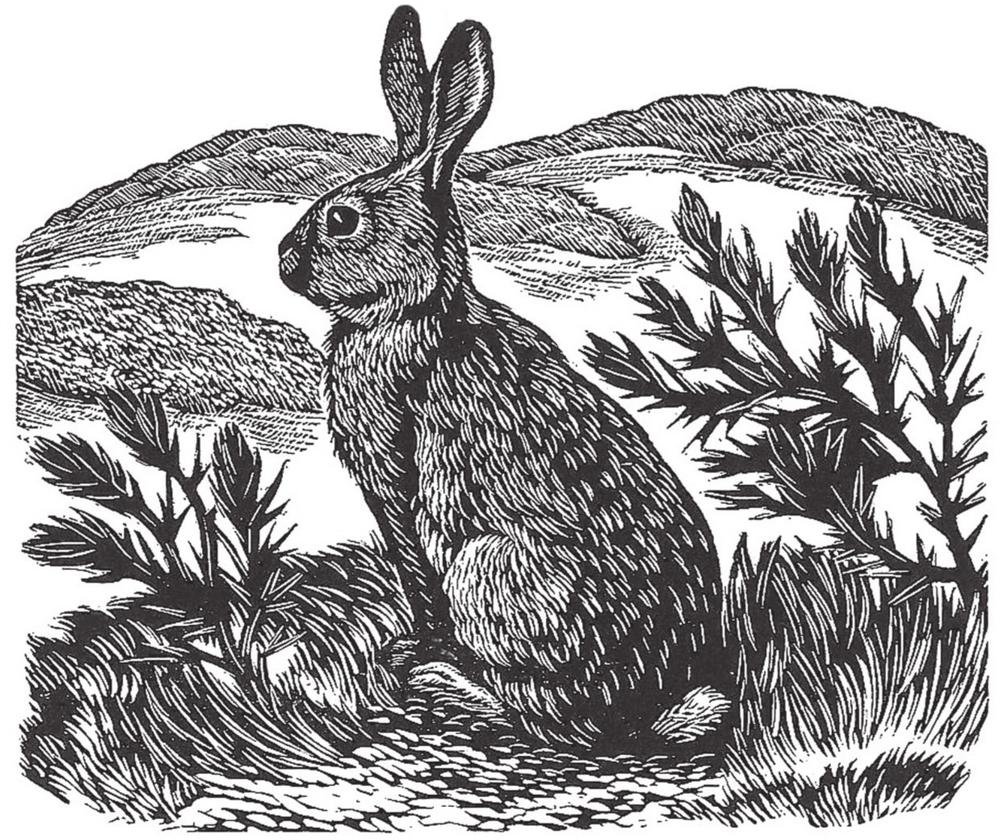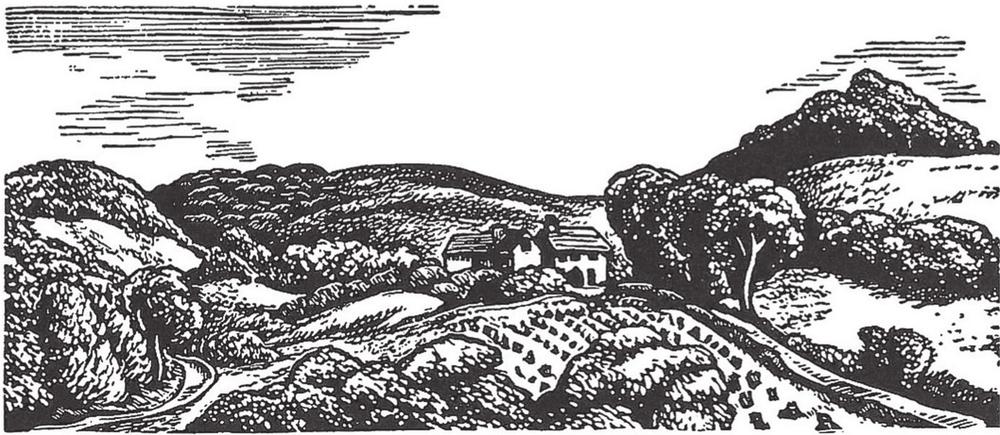The Poachers Cookbook is a mouth-watering collection of recipes for food from field, woodland, water, moor and hedgerow. If you are thinking of cooking pheasant, grouse, partridge, pigeon, hare, rabbit, trout, salmon or pike, to name some of the game and country ingredients included in this book, you will find practical advice and some useful ideas for entertaining.
Classic roast grouse is as clearly explained as trout smoked by the waterside or pheasant breasts tossed in a wok. Prue Coats knowledge of the country and country food has led her to include a few surprises too - rook pie or eel in fresh herb sauce, for instance.
This edition has the enlarged section on wild boar to meet popular demand and also a table of game seasons, roasting times and suitable accompaniments for game.
THIS BOOK IS DEDICATED
with love, to
GLAD, JENNY, MICK and MIKE
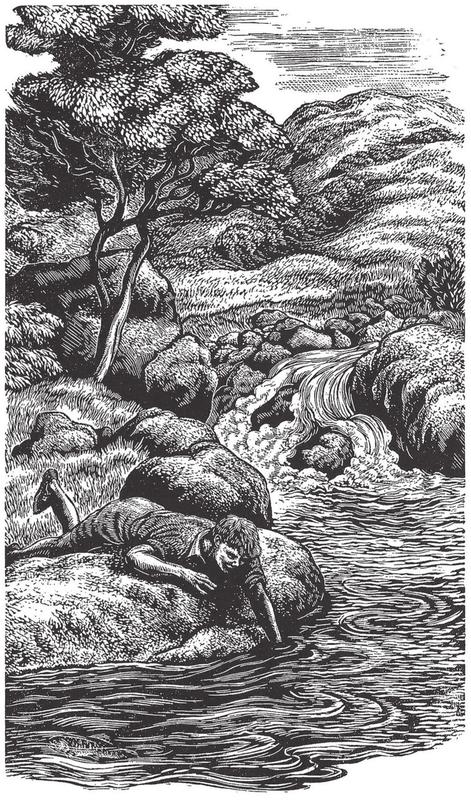
I was most flattered when I was asked to write The Poachers Cookbook as a companion volume to Ian Nialls inimitable classic The Poachers Handbook and I have thoroughly enjoyed doing so. My personal knowledge of poaching is limited to an episode when I was twelve years old on Exmoor, but with my late husband Archies (and my) involvement with gamekeepers I have, over the years, amassed a fair number of anecdotes, some of which I have recounted in the appropriate sections of this book. We all have in our minds eye the archetypal gypsy/poacher sitting outside his caravan, horse hobbled nearby, and a fire of twigs and fallen branches with the big black pot simmering away on its tripod. Some still survive but they are few and far between, unlike the pre-war years when many houses and farms sported a notice saying, NO HAWKERS, GYPSIES OR TINKERS. BEWARE THE DOG. As for the rest, modern times have caught up with them and they live in motor caravans on sites and if they poach it is as an intimidating rabble with packs of lurchers. No romance alas either, for the other kind of poacher described by Ian Niall. Nowadays they work in gangs and are armed with firearms which they do not hesitate to use, making the keepers life a dangerous one. Others use dynamite in rivers to achieve their aim, but as long as we have The Poachers Handbook we can see how it once was, and that there was indeed some romance to poaching.
The poachers of whom Ian Niall writes were poor country folk who either ate their ill-gotten gains, or sold them to feed their families. My daughter Lucys old nanny, Frankie, left school at twelve and went out to work for 1 shilling (5p) a week. When she married, she brought up four children on 2 a week, so thrift was second nature and nothing was wasted. Meat was a luxury and her husbands lunchbox consisted of bread and dripping and a bottle of cold tea. When there was no work to be had he walked forty miles to Wiltshire to pull turnips. As he slept rough, no doubt some of the turnips found their way into the pot with, I suspect, the odd rabbit.
I was brought up during World War II when the motto was make do and mend, so I too cannot bear to waste anything. Some people seem to think there is a kind of stigma attached to the word left-overs but I call it progressive cookery as you can often devise a dish, planning ahead what you will do with it afterwards.
Country cookery before the war was pretty stodgy and contained a lot of lard, as most villagers kept a pig. Food in grand houses was over-rich, a legacy from Victorian and Edwardian times. Now the pendulum has swung the other way to nouvelle cuisine. I am not a fashionable cook, my only dictum is that it should taste good and the flavours enhance one another. Game, in all its variety, is healthy and full of taste. The only reason some of the dishes may appear somewhat rich is that there is often little fat content in the meat, so butter, oil, cream or wine have to be used to tenderise and make it more succulent. Some of my recipes come from abroad and to prove that poaching is not the prerogative of the British, I have included the furtivo of Spain and the French braconnier.
Game lends itself particularly to robust country dishes, many of which can be found in a slightly different guise in the peasant cookery of other lands, the variations deriving from the available local produce, one example being the olives which are so often included in the casseroles of Provence.
I have tried to give as varied a selection of recipes as possible, from down-to-earth stomach-fillers to slightly more nouvelle cuisine recipes. I hope you will find something to your taste. I hasten to add that you dont need to take up poaching to get your game - most large supermarkets sell it and if they dont have what you want, try and suss out your local game dealer.
Nevertheless, many of the recipes in this book contain ingredients which are only to be found in the country and so I have tried to give alternatives that are readily available in supermarkets. One of my main cooking tenets is, if you havent got it, try something else. You never know, you may even have made the culinary discovery of a lifetime, so use your imagination!
Capable cooks may wonder at the length of some of my cooking times, but having been in the game business for forty-odd years I have had to deal with a variety of species, both young and old. In my experience, particularly where pigeons are concerned, you either cook them very fast over a high heat as for steak or long and slow as though tenderising a cheap cut of meat. The same goes for hare and venison. It is impossible to tell what age the game is that you buy from supermarkets so it is best to err on the conservative side with your cooking times. If your game is freshly shot it is likely to be young, but with pheasants watch out for the old stager with long spurs. He will be best casseroled, or made into a pie or soup.
Where recipes mention a food processor or blender it does not mean that you cannot make them without these. Chopping, mincing or in the case of pures, sieving or passing through a mouli-legumes will do just as well. If you cannot afford a food processor or do not have space in a small kitchen, the next best thing is one of those hand held electric chopper/blenders of which there are several varieties on the market. I was given one for Christmas and did not imagine that I would ever use it as I have a very good food processor, but for soups, pures and mashing vegetables I would not now be without it. For game cookery a filleting/boning knife, cooks knife and small knife are essential plus the means to keep them very sharp. If you cannot cope with a steel, a sharpening stone, Chantry pull through sharpener or electric sharpener will do as well.

